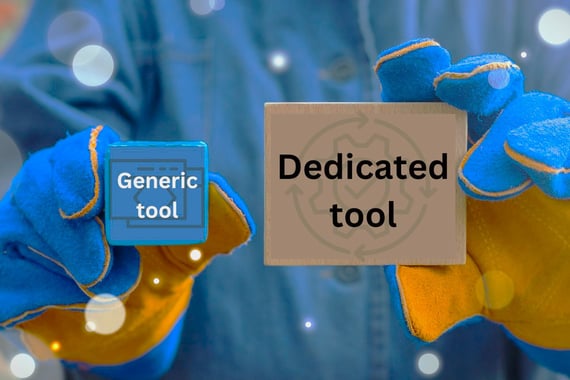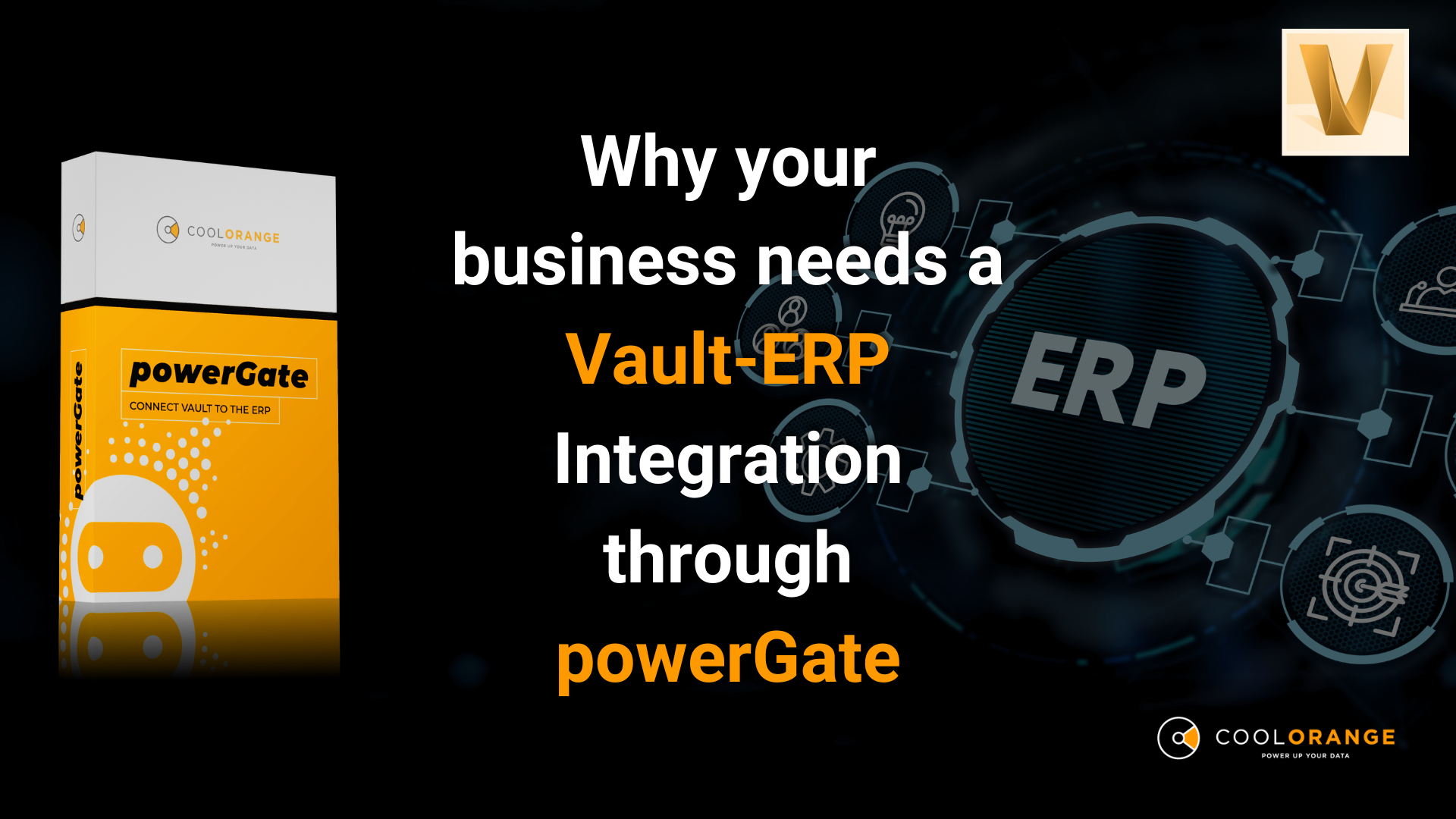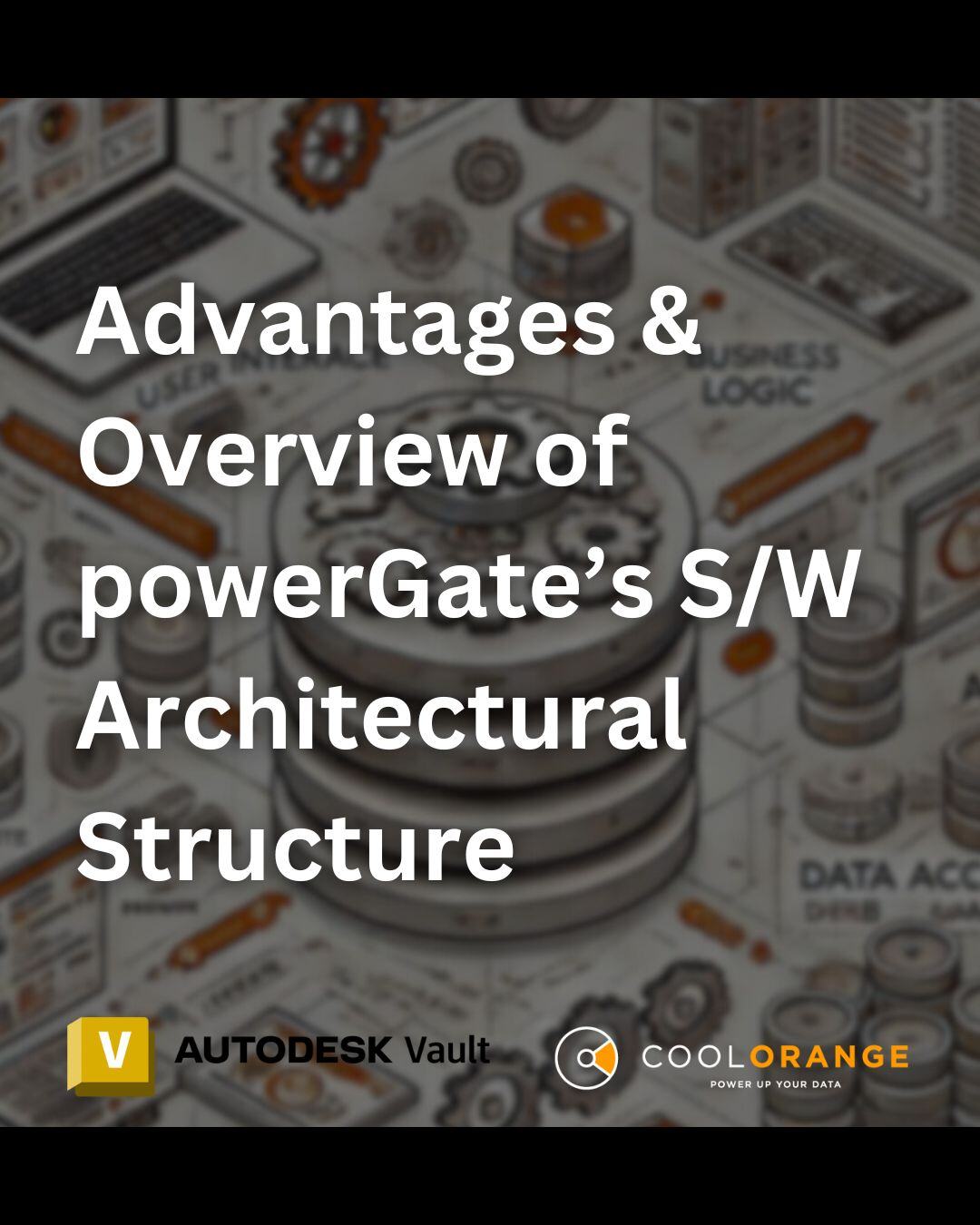Connection & Integration
Beyond One-Size-Fits-All: Why a tailored Vault-ERP integration outperforms generic out of the box solutions
When you opt for a generalized integration solution to connect your Autodesk Vault with an ERP system, for various reasons ranging from budget to availability, there are potential challenges to consider which may impact your business in long-term. Unlike specialized tools that are specifically designed to work seamlessly with Autodesk Vault, broader out-of-the-box solutions are made to work with a range of systems and may not align perfectly with the unique functionalities or data structures of Autodesk Vault or even your business environment.

In the constantly evolving landscape of data management and integration, it is crucial for businesses to choose the right integration tool to connect Autodesk Vault with ERP systems. In this blog post, we aim to examine the potential limitations of generalized solutions to help your businesses make an informed decision.
The Drawbacks of Generic Integration tools
While generic "out-of-the-box" integration solutions offer flexibility in connecting various CAD software with ERP systems, they often lack the depth of integration provided by dedicated tools. Here are some potential disadvantages to consider when opting generic solutions:
-
Lack of Deep System Integration: One of the potential drawbacks of using generic integration tools is that they may not provide the same level of seamless integration with CAD systems. This can result in less efficient workflows, lack of specialized features, potential issues with data synchronization or optimizations that a more dedicated tool offers for Autodesk Vault.
-
One-way Data Communication and Security Concerns: The absence of a live, bi-directional connection in a generic solutios means that data flows in only one direction—from CAD to ERP—without the ability to update or validate data in real-time based on ERP inputs. This limitation not only restricts the efficiency and effectiveness of the integration but also introduces potential security risks, especially if direct database access is involved without proper safeguards. Bi-directional communication is crucial for ensuring data integrity and enabling dynamic updates that reflect real-time changes in both systems.
-
Data Synchronization Challenges: In a generic solution that boasts real-time bidirectional data flow, the potential for data inconsistencies between CAD and ERP systems looms large, particularly when the tool lacks deep integration with the specific logic and data structures of these interconnected systems. Such discrepancies can trigger errors and inconsistencies in data, ultimately impacting manufacturing operations and strategic decision-making processes.
-
Complex Customization Requirements: To achieve the same level of integration as specialized tools, broader solutions might require extensive customization, which can be resource-intensive.
-
Initial and Ongoing Costs: The cost of acquiring, customizing, and maintaining a generic integration solution could be a consideration for some businesses, especially small to medium-sized enterprises (SMEs) with limited budgets. The total cost of ownership includes not just the initial purchase and setup but also ongoing maintenance, updates, and potentially, additional customization as business needs evolve.
-
Support for Future Updates: As CAD and ERP systems evolve, there's a risk that an integration tool that are broader in nature and comes right out-of-the-box might lag in supporting the latest versions or new features of these systems, potentially limiting the ability to leverage new functionalities or improvements.
In conclusion, while generalized integration tools offer flexibility, specialized integration solutions provide a more efficient, reliable, and user-friendly experience for Autodesk Vault users. The tailored approach to data synchronization, coupled with real-time connectivity and deep CAD system integration, makes such tools a superior choice for businesses looking to enhance their Autodesk Vault-ERP integration.
It's important to note that these potential disadvantages don't necessarily apply to every generic solution implementation but represent considerations that organizations should weigh when choosing an integration solution. The actual impact of these factors can vary greatly depending on specific organizational needs, existing IT infrastructure, and the scope of the integration project.
Since we are 100% Autodesk focued, powerGate is specifically designed to integrate Autodesk Vault & your ERP system. We want companies to avoid the pitfalls of generic solutions and enjoy a more streamlined, error-free, and efficient data management process.





.png)